If you're wondering how many calories does plank exercise burn, you're not alone. With its popularity in fitness routines—from yoga flows to HIIT(High-Intensity Interval Training) workouts—the plank has earned its reputation as a core-sculpting powerhouse. But when it comes to calorie burn, this deceptively simple move often raises eyebrows. How much energy does holding still really require? More than you might think!
The plank is an isometric hold that challenges multiple muscle groups without requiring movement. And even though you're not jumping, running, or lifting heavy, your body is working hard. This post dives deep into how many calories you actually burn doing plank exercises, what factors influence this number, and how you can increase the calorie-burning potential of your planks.
Let's get into the nitty-gritty of this static yet effective move.
What Exactly Is a Plank?
Before we talk numbers, let's define what the plank exercise is. The traditional plank involves holding your body in a straight line from head to heels, typically on your forearms or hands, with your core fully engaged. It might look easy—until you try holding it for a full minute!
Planks are classified as isometric exercises, meaning your muscles contract without changing length. Unlike crunches or sit-ups, which involve movement, planks challenge your entire core through a static position. But it's not just your abs doing the work—your shoulders, glutes, legs, and even your mental grit are engaged.
How Plank Exercise Burns Calories
Calorie burn is fundamentally about energy expenditure. Even when you're holding still, like in a plank, your muscles require oxygen and fuel to contract and maintain tension. That metabolic activity—especially when multiple muscle groups are activated—is what burns calories.
Here's why planks burn calories, even without movement:
- Multiple muscles at work: Planks activate the rectus abdominis, transverse abdominis, obliques, glutes, shoulders, quads, and more.
- Increased core stability demand: Holding the position requires constant tension.
- Mental endurance: The stress of maintaining the posture elevates your heart rate slightly, leading to more calorie burn than you might expect from a static pose.
But let's be honest—it's not the kind of exercise that will torch hundreds of calories in minutes like sprinting or jumping rope. Still, every bit counts, especially when combined with other exercises.
Calories Burned Doing Plank: By the Numbers
So, how many calories does plank exercise burn exactly?
It depends on your body weight, muscle mass, duration, and plank intensity. But we can provide general estimates using the MET value (Metabolic Equivalent of Task), which quantifies energy expenditure.
The plank has a MET value of approximately 3.3. The formula to estimate calorie burn per minute is:
Calories burned per minute = (MET × body weight in kg × 3.5) ÷ 200
Let's break that down for common body weights:
| Body Weight | 1-Minute Plank | 5-Minute Plank | 10-Minute Plank |
|---|---|---|---|
| 125 lbs (57 kg) | ~3.3 calories | ~16.5 calories | ~33 calories |
| 155 lbs (70 kg) | ~4 calories | ~20 calories | ~40 calories |
| 185 lbs (84 kg) | ~4.8 calories | ~24 calories | ~48 calories |
Yes, it's a modest burn, but it's significant when you consider that plank is primarily a strength and endurance builder. It's also useful to think in terms of cumulative benefits—holding multiple planks in a circuit or integrating them into a full-body workout can contribute a respectable calorie total.
What Factors Influence Calorie Burn in Plank Exercises?
Plank isn't a one-size-fits-all activity. Your actual calorie burn will vary depending on several individual and external factors. Let's explore the big ones:
Body Weight and Muscle Mass
Heavier individuals or those with more muscle mass burn more calories, even at rest. Why? Because muscle is metabolically active tissue—it requires more energy to maintain.
So, if you're a 200-pound athlete versus a 120-pound beginner, your calorie burn from a 60-second plank will be different, even if the form and intensity are the same.
Plank Duration
This one's obvious: the longer you hold a plank, the more calories you burn. However, calorie burn per minute isn't linear. As you fatigue, your efficiency might drop, and your core might compensate by engaging more muscles, potentially increasing calorie use—though only marginally.
Plank Variations
The standard forearm plank is just the beginning. Variations can drastically increase difficulty and calorie demand:
- Side plank: Increases oblique and hip involvement
- Plank jacks: Adds cardio movement
- Shoulder taps: Challenges balance and upper body
- Plank to push-up: Dynamic motion increases heart rate
- Resistance band planks: Added load boosts muscular effort
Muscle Engagement and Form
A sloppy plank burns fewer calories than a well-executed one. When you fully engage your glutes, core, and quads, the energy demand increases. Keeping a tight, aligned form increases muscle activation across more regions of the body, raising energy expenditure.
Fitness Level
Beginner planks might be shorter and less intense, meaning fewer calories burned. As your fitness improves, you can hold longer and add variations, increasing your overall calorie burn and muscular demand.
Boosting Calorie Burn in Your Plank Routine
While planks won't burn as many calories as running or jumping rope, there are ways to supercharge your planks to maximize their impact.
Add Movement
Movement increases heart rate, meaning more calories burned. Try:
- Plank shoulder taps
- Plank to push-up
- Plank jacks
- Mountain climbers (technically a plank-based move)
These tweaks transform a static hold into a dynamic, calorie-burning challenge.
Increase Time Under Tension
Start with 30-second holds and work your way up to 60, then 90 seconds or longer. Time increases your total workload.
But be mindful: form always comes before duration. A 30-second plank with perfect alignment burns more calories than a 2-minute plank with sagging hips.
Incorporate Weighted Planks
Add a weight plate to your back or wear a weighted vest. This increases muscle recruitment and calorie burn.
Use Plank Circuits
Instead of doing a single long plank, build a plank circuit. For example:
- 30 sec forearm plank
- 30 sec side plank (right)
- 30 sec side plank (left)
- 30 sec plank with shoulder taps
- 30 sec plank jacks
That's a 2.5-minute set with full-body activation and elevated cardio. Repeat 3–4 rounds, and you'll feel the burn.
Plank vs. Other Exercises: A Calorie Comparison
Here's how planks compare to other popular exercises in terms of calories burned per minute for a 155-lb (70 kg) person:
| Exercise | Calories/Minute |
|---|---|
| Running (6 mph) | ~9.8 |
| Jump rope | ~12.3 |
| Bodyweight squats | ~8 |
| Push-ups | ~7 |
| Plank (standard) | ~4 |
Clearly, planks are on the lower end. But that doesn't mean they're less valuable. Planks excel at core development, posture support, injury prevention, and total-body stability.
Are Planks Effective for Weight Loss?
Weight loss is driven by caloric deficit—burning more calories than you consume. Planks alone won't burn enough to create a large deficit. But they play a supporting role in a fat-loss strategy.
Here's how:
- Build muscle: Muscle boosts resting metabolism
- Support compound lifts: Strong core = better performance in big lifts = more calories burned
- Improve posture: A strong core helps maintain upright posture, reducing fatigue during cardio
So, while you won't torch hundreds of calories from a few planks, they're essential for building the foundation that supports high-output training.
Common Myths About Calorie Burn in Planks
-
Myth 1: Longer planks always burn more calories
Yes, but only to a point. As fatigue sets in, form suffers and efficiency drops. It's better to hold multiple short planks with perfect form than to slump through a 5-minute hold. -
Myth 2: Only your abs burn calories in a plank
Planks activate shoulders, glutes, thighs, lower back, and even your neck muscles. That wide recruitment is what makes planks more calorie-worthy than they first appear. -
Myth 3: Planks replace cardio for fat loss
Planks are strength tools, not cardio replacements. They support fat loss by enhancing core strength and posture—but to shed significant fat, cardio and full-body strength training are essential.
Sample Plank Workout for Maximum Calorie Burn
Try this 10-minute plank-focused workout that elevates heart rate, engages the entire body, and maximizes calorie burn:
Plank Circuit (Repeat 2–3 Rounds):
- Forearm plank — 45 seconds
- Side plank (right) — 30 seconds
- Side plank (left) — 30 seconds
- Plank with shoulder taps — 45 seconds
- Plank jacks — 30 seconds
- Rest — 1 minute
Estimated calorie burn: ~60–100 calories, depending on body weight and intensity.
Conclusion: So, How Many Calories Does Plank Exercise Burn?
Let's recap: the average person burns 3–5 calories per minute doing a standard plank, with exact numbers varying based on weight, muscle engagement, and plank variation.
Planks won't replace cardio if your goal is to burn major calories fast, but they will strengthen your core, boost your metabolism in the long run, and support bigger, more calorie-demanding lifts. They're an efficient, accessible, and essential part of any fitness plan.
So next time someone says, "It's just a plank," you'll know better. Your core—and your calorie tracker—will thank you.
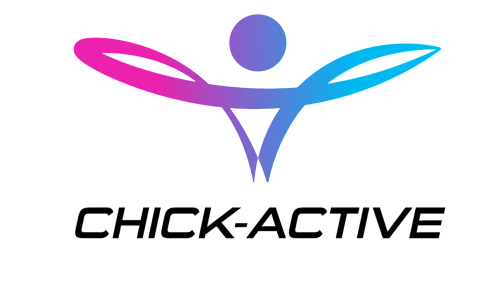


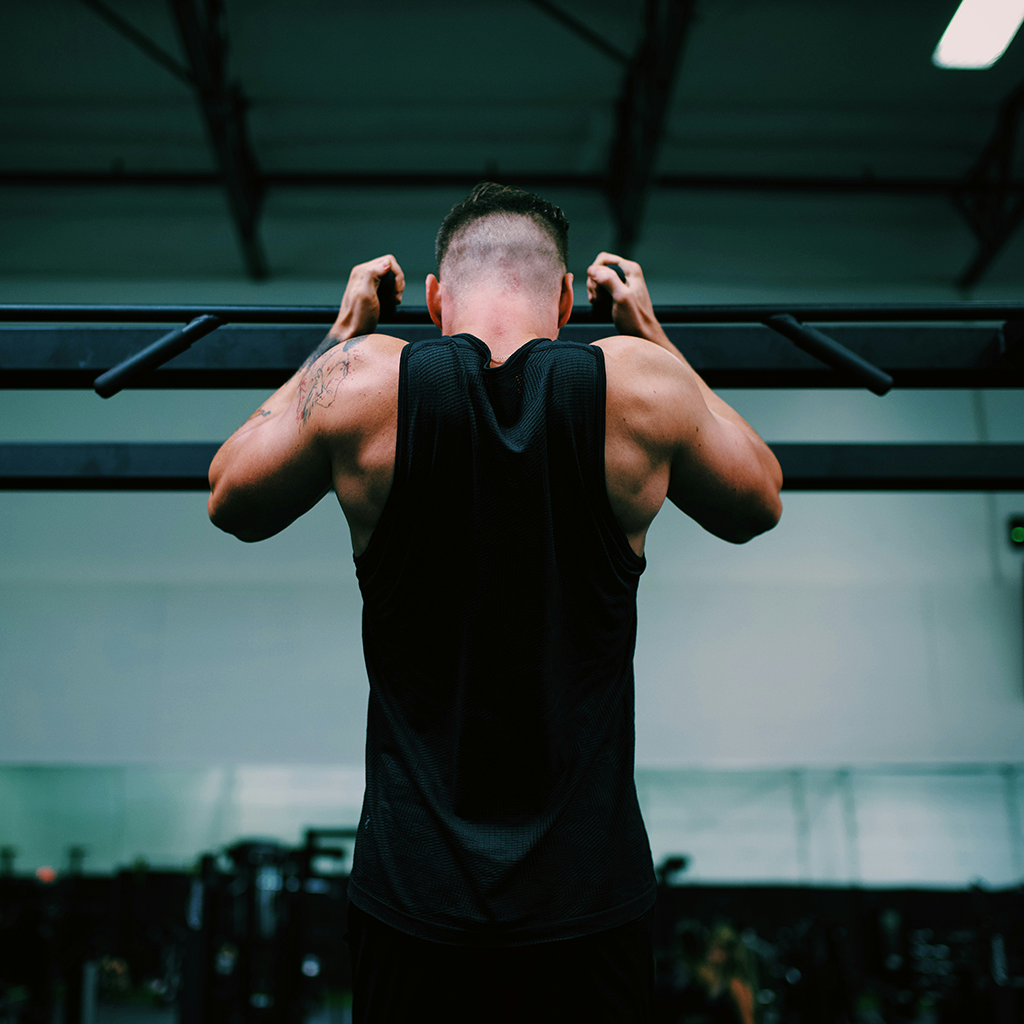

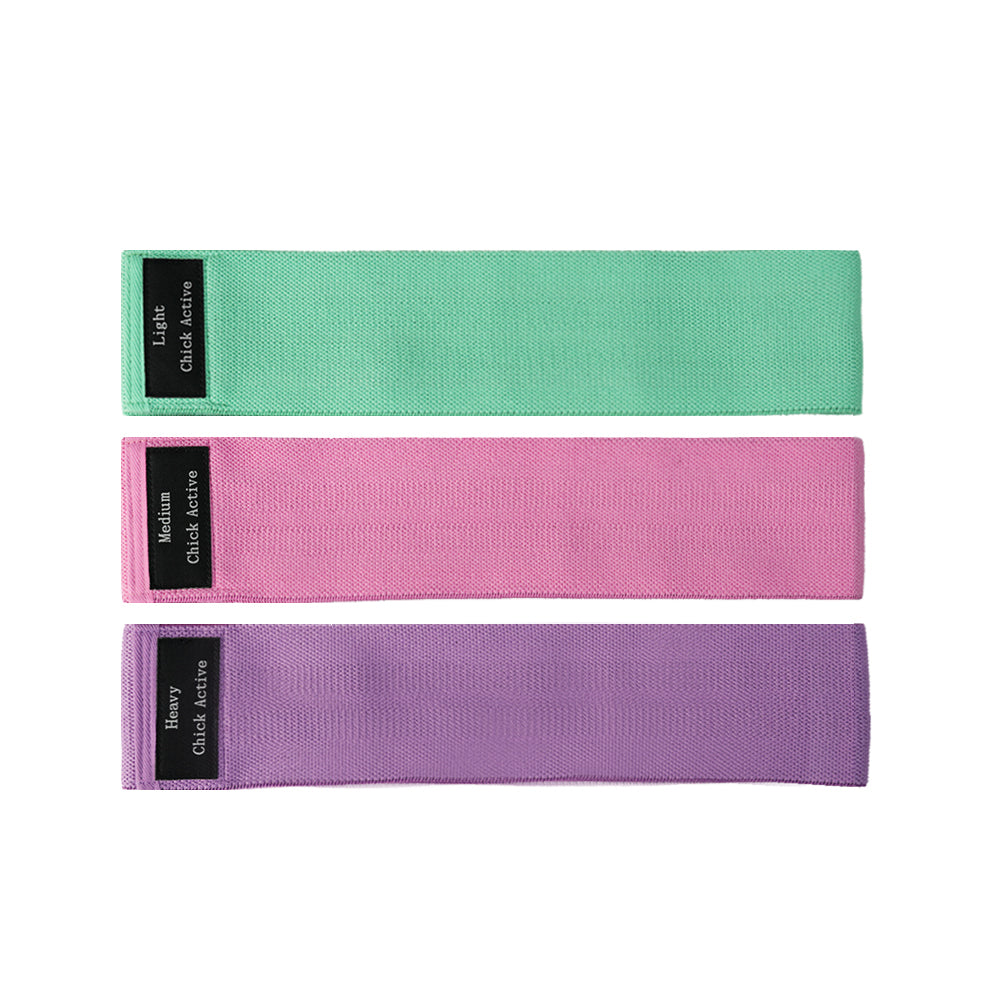


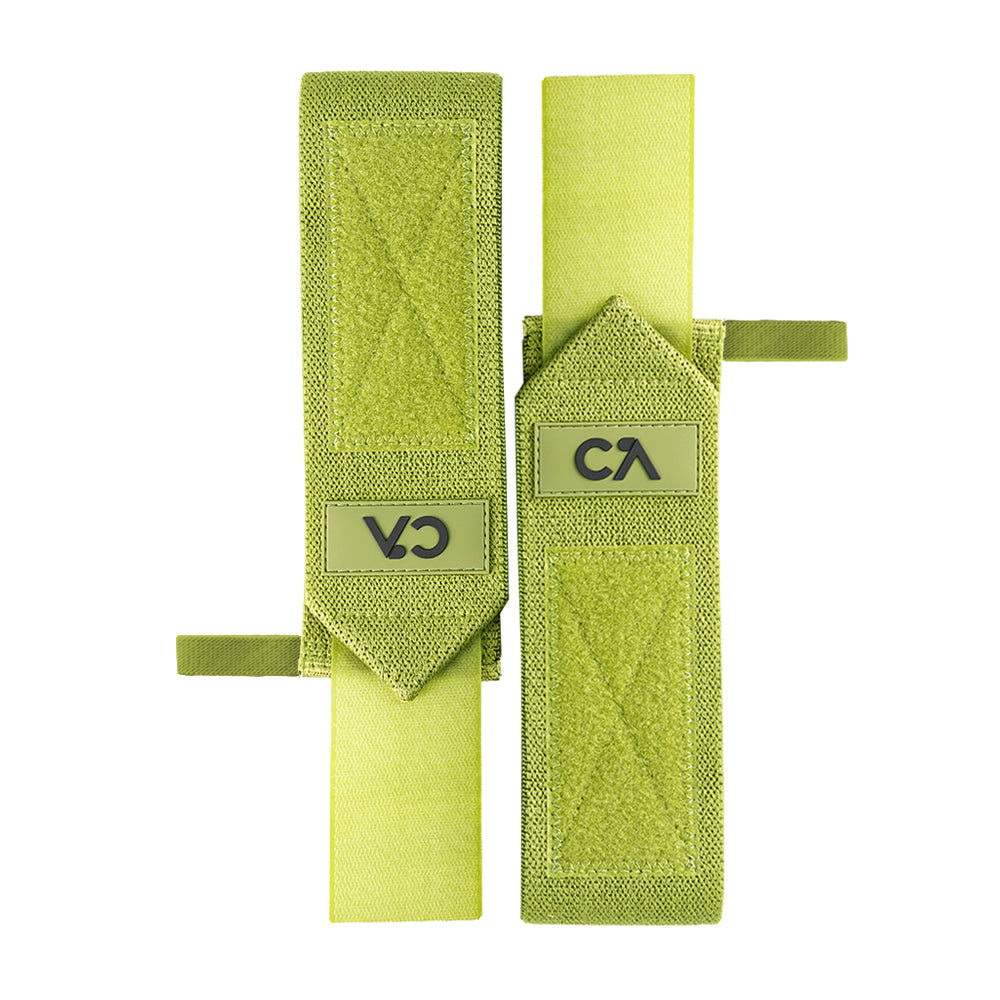
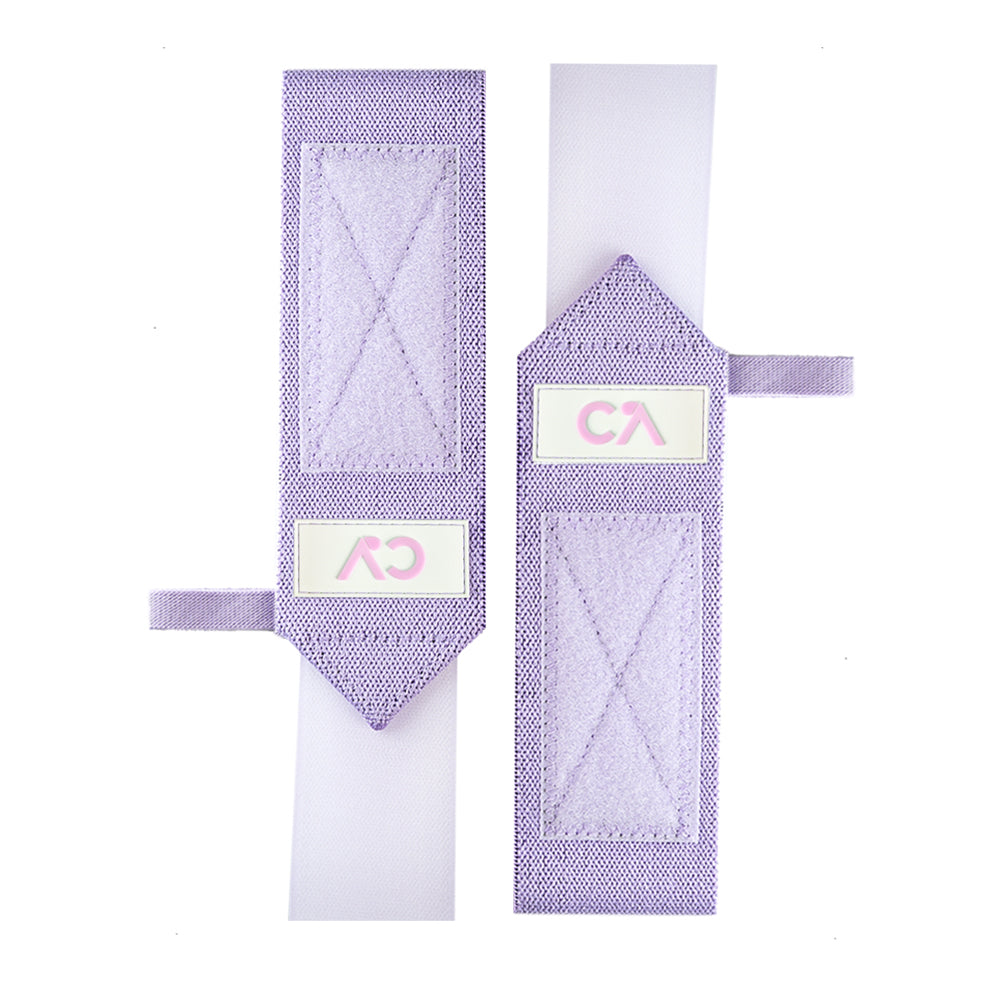
Leave a comment
All comments are moderated before being published.
This site is protected by hCaptcha and the hCaptcha Privacy Policy and Terms of Service apply.